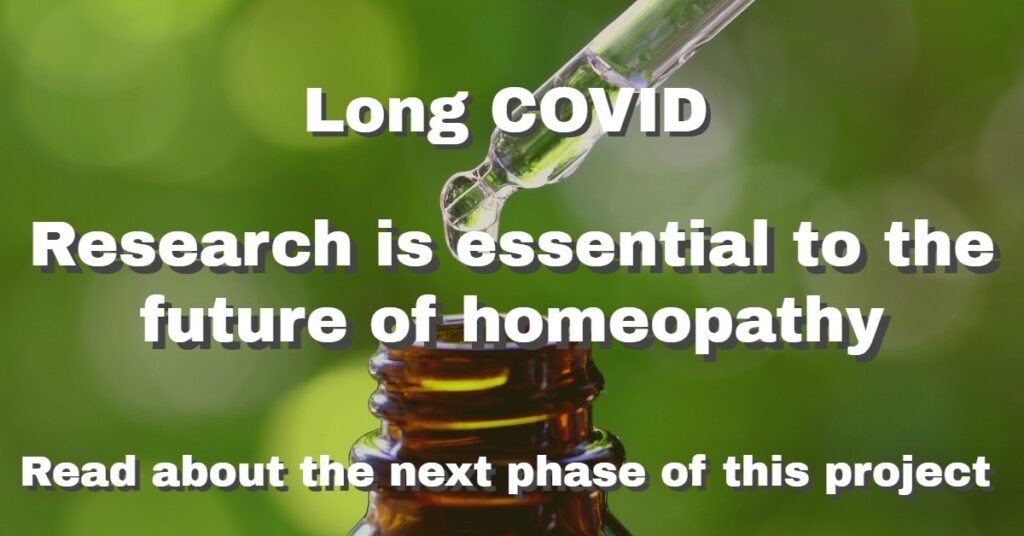New – Homeopathy in a Nutshell
Homeopathy respects the innate wisdom of the human body and its ability to heal itself. Dr. Samuel Hahnemann, the founder of Homeopathy, described this with the German word Lebenskraft, a word very much used in everyday life in Germany, meaning life force or vital force. Based on this understanding he developed the laws and principles of this complete medical system, first written down in his Organon of Medicine in 1810 and still valid today. The most important ones are:
- Law of similars (like cures like): a substance that produces specific symptoms in a healthy person will cure these symptoms in an ill person.
This is an ancient law; Hippocrates (the father of Medicine, who lived about 400 BC) is reported to have said “Through the like disease is produced and through the like it is cured”.
Paracelsus, a famous Swiss doctor who lived in the 16th century, wrote that if given in small doses “what makes a man ill also cures him”.
(Source: https://www.britannica.com/biography/Paracelsus )
- Law of the minimum dose: in minute doses, toxic substances become curative.
Again, this law was not invented by Dr Hahnemann. The above mentioned Paracelsus, for example, is said to have cured many persons in the plague-stricken town of Stertzing in the summer of 1534 by administering orally a pill made of bread containing a minute amount of the patient’s excreta he had removed on a needle point.
Source: https://www.britannica.com/biography/Paracelsus )
- Principle of dynamisation: the medicinal properties dormant in natural substances while in their crude state, become activated by a process of succussion (vigorous shaking)
Dr. Hahnemann found this to be the case over and over again, so this principle is based on his observations and confirmed later by many of his disciples and successors. 200 years later we are much closer to a scientific explanation of this phenomenon. For example, Nobel laureate, Professor Luc Montagnier and his team conducted a series of rigorous experiments to investigate the electromagnetic (EM) properties of highly diluted biological samples. They found that pathogenic (disease-causing) bacteria and viruses show a distinctive EM signature at various different dilutions or a substance, and that small DNA fragments (responsible for diseases) were exclusively accountable for the EM signal. The EM signature changed with dilution levels but was unaffected by the initial concentration and remained even after the remaining DNA fragments were destroyed by chemical agents. The team also noted that the samples needed to be ‘vortexed’ (a process similar to the succession or vigorous shaking of homeopathic medicine) for the EM effects to be present.
Reference: “Electromagnetic Signals Are Produced by Aqueous NanostructuresDerived from Bacterial DNA Sequence s” Luc Montagnier, Jamal Aissa, Stéphane Ferris, Jean-Luc Montagnier, Claude Lavallee, Interdiscip Sci Comput Life Sci (2009) 1: 81-90
- Principle of provings (medicine tests): a systematic investigation of the pathogenic (disease-producing) power of homeopathic medicines on healthy human beings, where a group of healthy individuals take a homeopathically prepared substance over a period of time and report symptoms; usually double-blinded (patients and supervisor do not know which substance is given, and who has received a placebo).
On other pages of our website you will find much more information on many aspects of homeopathy, such as efficacy, safety, sustainability, affordability, its worldwide popularity and the research into homeopathy.





